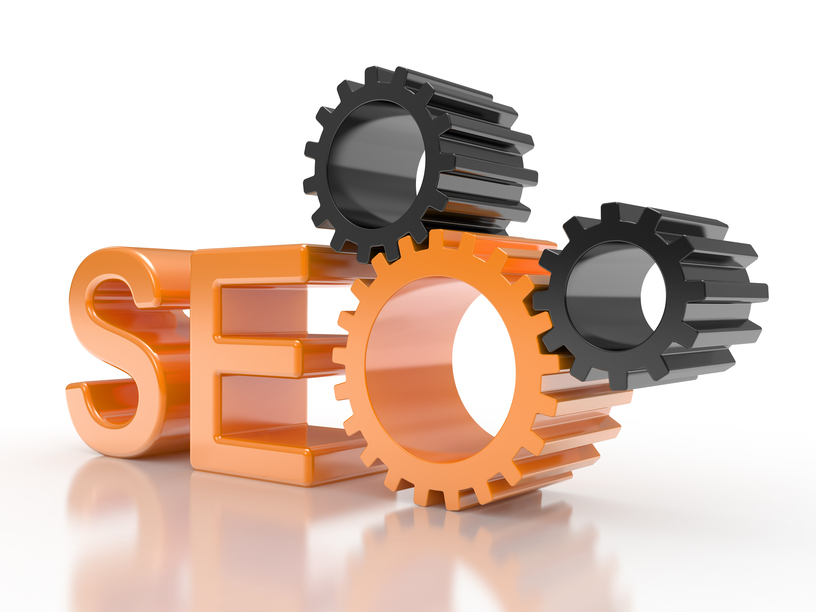
The process of search engine optimization may seem like a something magical, but it’s really not. Just like everything else, there is a proper technique for this work too. This means that the search engines help in reading the pages with a certain combination of ranking factors and signals.
The process of SEO is all about ensuring the content which generates the right signals.
The blog post covers the following search engine ranking success factors:
The term SEM stands for Search Engine Marketing, and its name implies the marketing products and services via search engines. The work of SEM is divided into 2 main pillars such as PPC and SEO. The term SEO stands for Search Engine Optimization, whereas the PPC is the process of pay per clicks, in which clicks are purchased from the search engines. The clicks come from real users through the sponsored listings in the search results.
Backlinks are also known as a link is a hyperlink mentioned on another site, which pointing back to your site. Backlinks are extremely important from the SEO point of view, as they directly affect the PR of any webpage, also affecting its rankings.
The PageRank or commonly known as PR, is a Google algorithm which is used for estimating the important pages around the web. The main idea behind Google’s algorithm is that a link from page 1 to page 2 is seen as a trust vote from Page 1 to Page 2. The higher the number of votes (links) is, the higher is the importance of such pages.
The term link bait means web content published everywhere with the goal of attracting as many backlinks as possible for improving the search rankings. Some examples of link bait include content that becomes popular on the social bookmarking sites.
A link farm is a website, group where the entire site links to other sites for the sake of generating more backlinks. Previously Google increased the Page Rank of such sites, but today this practice is seen as a spamming technique.
Anchor text is the clickable hyperlink mentioned on the web page. Having a rich keyword anchor text will help the SEO cause, as Google will then correlate the keywords with the website’s content. For example, if your blog is about “weight loss” then you needs to include “weight loss” as the anchor text.
No follow is a backlink which doesn’t pass any authority to the site, the site is pointing to. When Google checks the link as no follow, it doesn’t count it according to its PR (Page Rank) and the search algorithm.
Through link sculpting, webmasters used to control the flow of Page Rank, however, today; the practice is not that effective as Google doesn’t give importance to a no follow attribute.
The title tag is a web page’s title and is an important factor of Google’s search algorithm. It has to be unique, containing the main keyword of the page. Check the title tag of a page by navigating it.
The Meta tags include the Meta keywords and Meta description tags, which are used by Google for knowing more about the services and content of a site and what it’s about.
Search Algorithm is a sequence of steps that Google uses for finding the most relevant web pages against the search queries. The algorithm is based on more than 200 factors, including the PageRank value, Meta tags, title tags, the website’s content and the domain age etc.
This stands for the search engine result pages, basically the page where you would search for a particular keyword on Google along with the other search engines. The search traffic for the website depends on the actual rankings your site has on the SERPs.
It’s a place where new sites are put into place by Google, once the site is verified as a legitimate site, it’s moved out of the sandbox and into the main index.
For finding the keyword density of any page, you need to divide the no of keywords used on that page by the total number of words. It used to be an important factor in the Google’s algorithm, but it’s not important anymore.
When keyword density was an important factor, webmasters started stuffing their website with it to come right at the top of the SERPs. That methodology of using keywords all over the website was known as Keyword stuffing.
The method involved a creation of web pages showing different content to the human visitors and the search engines. The method was to have the page ranked for particular keywords, using the traffic for the promotion of unrelated services or products. The method is known as spamming and can have a destructive effect on most of the search engines.
Also called spiders, or searching bots. This is a computer program which you can use for browsing the web on search engines behalf. You can discover new links and pages, as this is the first step on the process of indexation.
Duplicate content refers to unoriginal content which is copied from another source. The duplicate content must be avoided under all conditions.
The canonicalization process helps in converting the data that have gotten more than one possible representation into a general canonical representation. This means that the canonical URL is the URL for accessing a specific page within a site.
This is a file that’s placed in the root of a domain; it’s used for informing the search bots about the website’s structure. For example, through robots.txt, you can block the search robots for restricting access to the specific folders of a section inside the site.
For knowing more details on SEO, feel free to reach out to the SEO experts of Medialinkers.